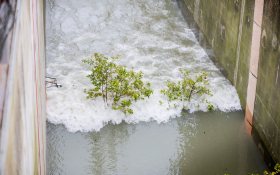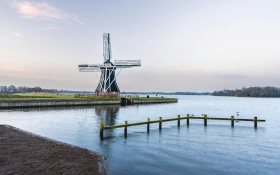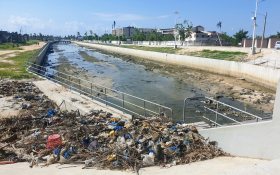Arcadis sustainable cities index 2015: Hong Kong has the highest natural disasters risk in Asia
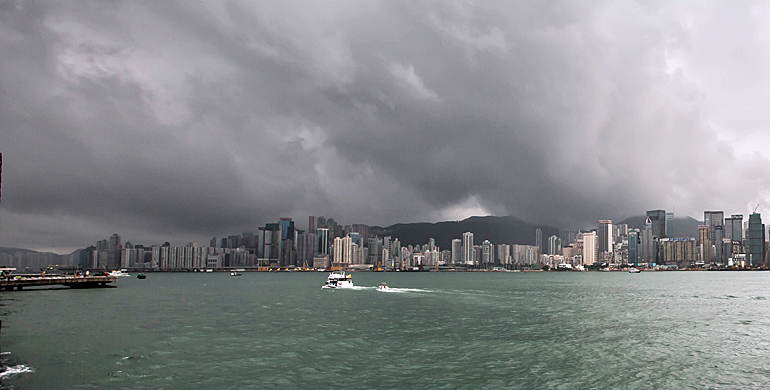 Hong Kong tops Asia’s ranks as the city with the highest natural disasters risk, according to the recently released inaugural Sustainable cities index from consultancy firm Arcadis.
Hong Kong tops Asia’s ranks as the city with the highest natural disasters risk, according to the recently released inaugural Sustainable cities index from consultancy firm Arcadis.
The index was conducted by the Center for Economics and Business Research (Cebr) and included 50 of the world’s leading cities.
The overall Arcadis sustainable cities index 2015 was released in April.
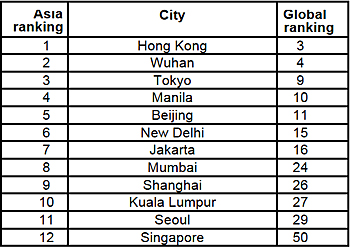 One of the wettest cities in Pacific Rim
One of the wettest cities in Pacific Rim
Hong Kong’s natural disasters risk is mainly caused by storms, floods and wildfires. With an average annual rainfall of 2,200 millimetres, Hong Kong is one of the wettest cities within the Pacific Rim region.
The geographical location of Hong Kong makes it vulnerable to tropical cyclones between May and November each year. Hence, the number of storms since 1900 in Hong Kong has been relatively high.
However, the highly effective weather warning system and storm protection plans such as a drainage tunnel scheme in West Kowloon and the Northern part of Hong Kong Island put in place by the government have minimised their impact in recent years.
Highly effective disaster protection
Graham Kean, Asia-Pacific head of client solutions at Arcadis comments: "Whilst Hong Kong has a high risk ranking, the natural disasters protection plans in placed have been highly effective to date. As Hong Kong continues to develop as a world-class business hub in Asia, it is essential to ensure that natural disasters readiness continues to be integrated into the city’s urban planning to protect government and company’s assets from potential natural disasters."
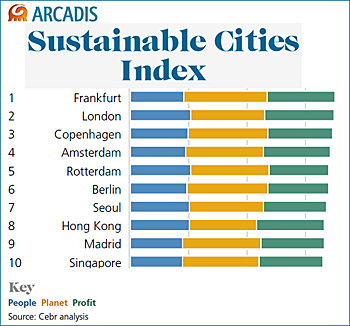 Global top 10 of most sustainable cities with Dutch cities Amsterdam and Rotterdam ranked on the fourth and fifth place.
Global top 10 of most sustainable cities with Dutch cities Amsterdam and Rotterdam ranked on the fourth and fifth place.
Singapore lowest risk
Looking at the broader Asia region, Singapore is the only Asian city in the top ten global cities with a low natural disaster risk ranking. Apart from Singapore’s geographical location minimising its natural disasters risk, the Singapore government’s approach to urban planning, which includes natural disaster prevention measures, plays a crucial role in ensuring Singapore’s safety from potential natural disasters.
Asian cities make up almost half (40 percent) of the global top ten cities ranked as having the highest natural disasters risk in the world. Hong Kong (3), Wuhan (4), Tokyo (9) and Manila (10) all rank in the global top ten.
The natural disasters that threaten the safety of the four cities include storms, earthquakes, floods and droughts.
Graham Kean continued: "Many Asian cities are currently considered to have a high natural disaster risk. The Sustainable Cities Index highlights areas of opportunity for governments, city leaders and organisations to develop strategies for minimising the impact of natural disasters on the city, as well as protecting its people and assets."
Global top 10 sustainable cities
In April Arcadis released its global Sustainable cities index 2015 of the world's 50 leading cities
Although Frankfurt (1), London (2) and Copenhagen (3) rank the highest, Amsterdam (4) finds the best balance on all three indices of social (people), environmental (planet) and economic (profit).
On the global scale of natural disaster risks US cities rank high, including Los Angeles (1), San Francisco (2), Dallas (5) and Houston (6).
This news item was originally published on the website of Arcadis.
More information
www.sustainablecitiesindex.com
Arcadis
Amsterdam, the Netherlands
+31 20 2011 011
www.arcadis.com
The Arcadis Sustainable cities index 2015 explores the three demands of people, planet & profit to rank 50 leading cities.

